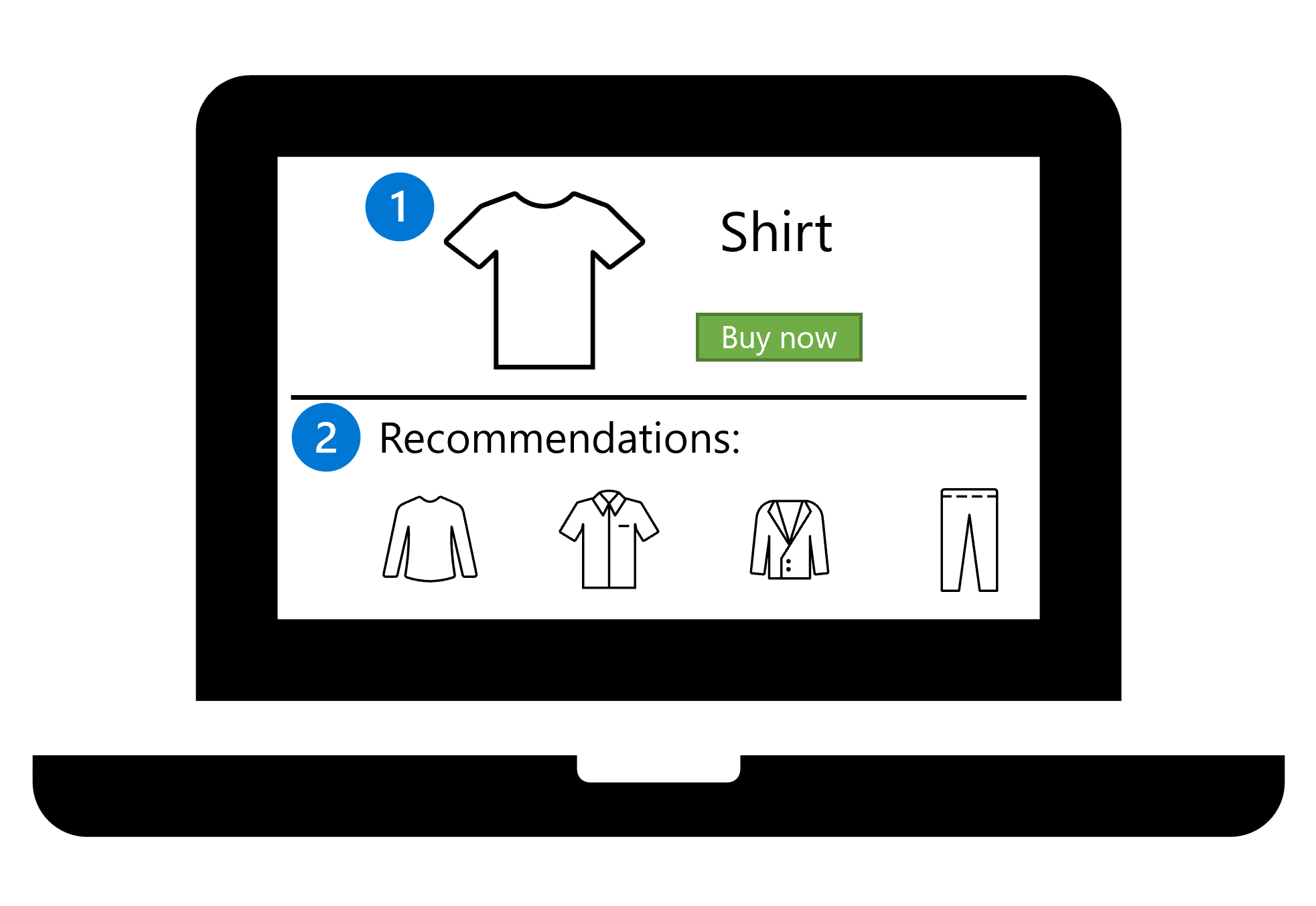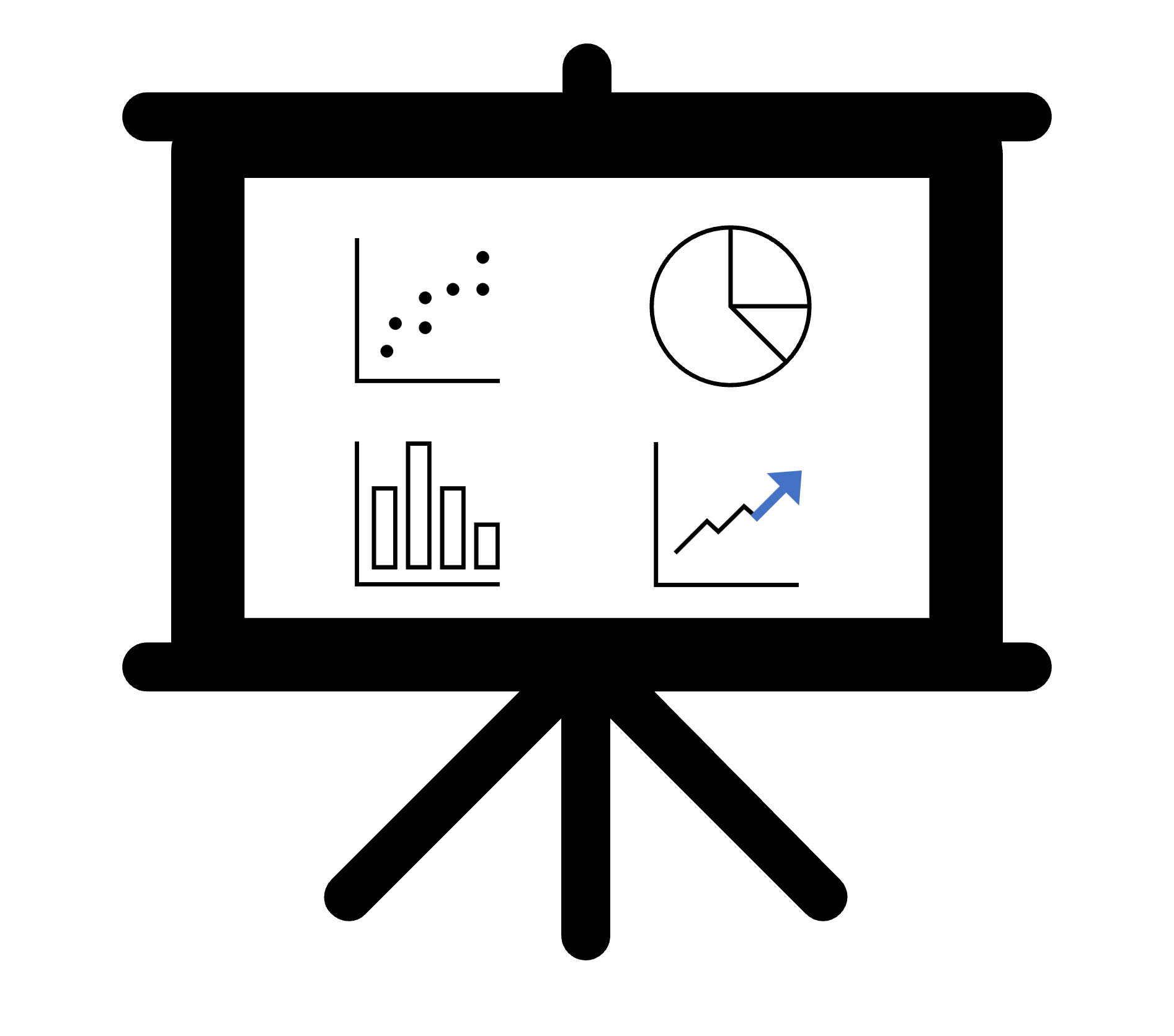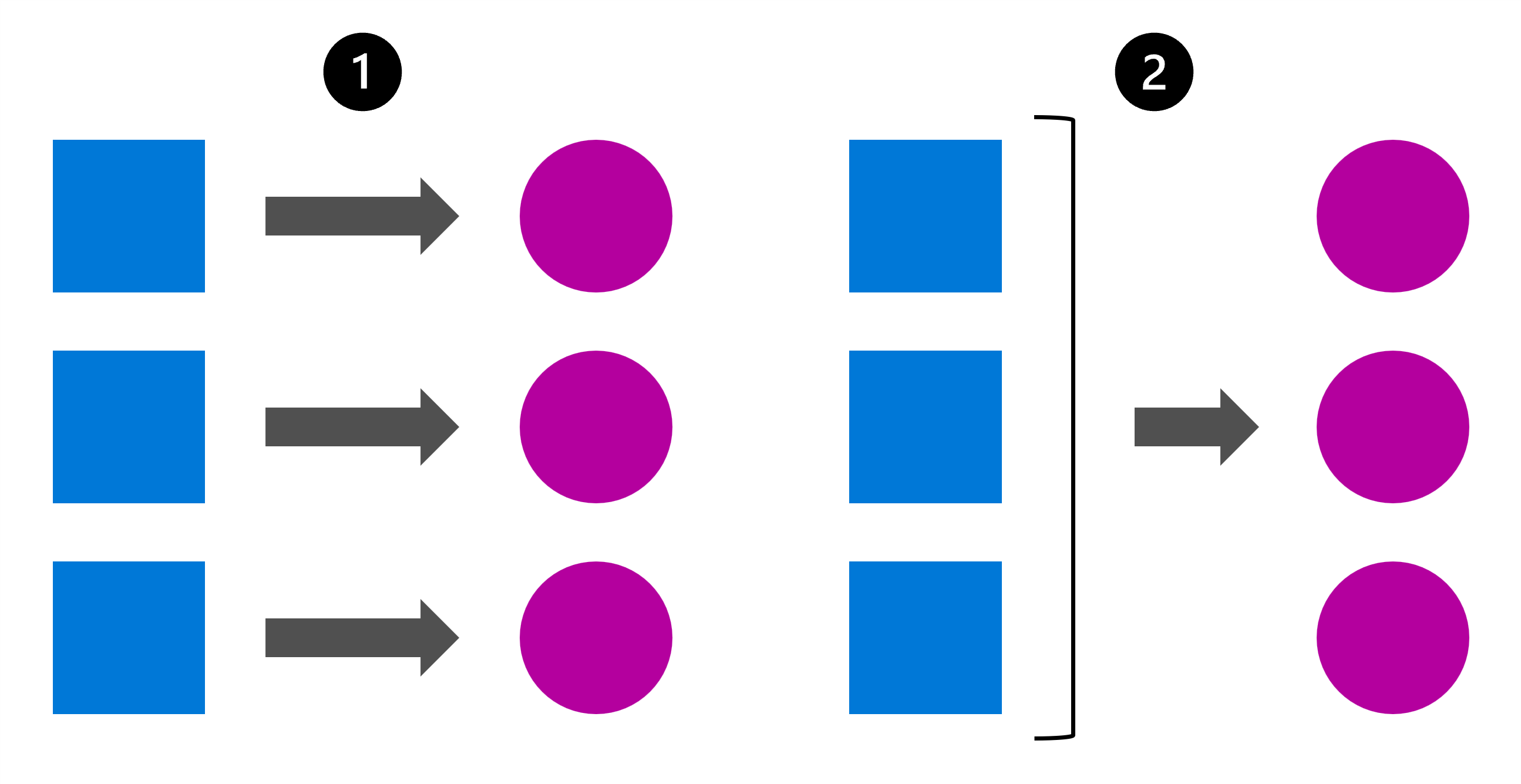Integrate a model
You should plan how you integrate the model, as it affects how you train the model or what training data you use. To integrate the model, you need to deploy a model to an endpoint. You can deploy a model to an endpoint for either real-time or batch predictions.
Deploy a model to an endpoint
When you train a model, the goal is often to integrate the model into an application.
To easily integrate a model into an application, you can use endpoints. Simply put, an endpoint can be a web address that an application can call to get a message back.
When you deploy a model to an endpoint, you have two options:
- Get real-time predictions
- Get batch predictions
Get real-time predictions
If you want the model to score any new data as it comes in, you need predictions in real-time.
Real-time predictions are often needed when a model is used by an application such as a mobile app or a website.
Imagine you have a website that contains your product catalog:
- A customer selects a product on your website, such as a shirt.
- Based on the customer's selection, the model recommends other items from the product catalog immediately. The website displays the model's recommendations.

A customer can select a product in the web shop at any time. You want the model to find the recommendations almost immediately. The time it takes for the web page to load and display the shirt details is the time it should take to get the recommendations or predictions. Then, when the shirt is displayed, the recommendations can also be displayed.
Get batch predictions
If you want the model to score new data in batches, and save the results as a file or in a database, you need batch predictions.
For example, you can train a model that predicts orange juice sales for each future week. By predicting orange juice sales, you can ensure that supply is sufficient to meet expected demand.
Imagine you're visualizing all historical sales data in a report. You'll want to include the predicted sales in the same report.

Although orange juice is sold throughout the day, you only want to calculate the forecast once a week. You can collect the sales data throughout the week and call the model only when you have the sales data of a whole week. A collection of data points is referred to as a batch.
Decide between real-time or batch deployment
To decide whether to design a real-time or batch deployment solution, you need to consider the following questions:
- How often should predictions be generated?
- How soon are the results needed?
- Should predictions be generated individually or in batches?
- How much compute power is needed to execute the model?
Identify the necessary frequency of scoring
A common scenario is that you're using a model to score new data. Before you can get predictions in real-time or in batch, you must first collect the new data.
There are various ways to generate or collect data. New data can also be collected at different time intervals.
For example, you can collect temperature data from an Internet of Things (IoT) device every minute. You can get transactional data every time a customer buys a product from your web shop. Or you can extract financial data from a database every three months.
Generally, there are two types of use cases:
- You need the model to score the new data as soon as it comes in.
- You can schedule or trigger the model to score the new data that you've collected over time.

Whether you want real-time or batch predictions doesn't necessarily depend on how often new data is collected. Instead, it depends on how often and how quickly you need the predictions to be generated.
If you need the model's predictions immediately when new data is collected, you need real-time predictions. If the model's predictions are only consumed at certain times, you need batch predictions.
Decide on the number of predictions
Another important question to ask yourself is whether you need the predictions to be generated individually or in batches.
A simple way to illustrate the difference between individual and batch predictions is to imagine a table. Suppose you have a table of customer data where each row represents a customer. For each customer, you have some demographic data and behavioral data, such as how many products they've purchased from your web shop and when their last purchase was.
Based on this data, you can predict customer churn: whether a customer will buy from your web shop again or not.
Once you've trained the model, you can decide if you want to generate predictions:
- Individually: The model receives a single row of data and returns whether or not that individual customer will buy again.
- Batch: The model receives multiple rows of data in one table and returns whether or not each customer will buy again. The results are collated in a table that contains all predictions.
You can also generate individual or batch predictions when working with files. For example, when working with a computer vision model you may need to score a single image individually, or a collection of images in one batch.
Consider the cost of compute
In addition to using compute when training a model, you also need compute when deploying a model. Depending on whether you deploy the model to a real-time or batch endpoint, you'll use different types of compute. To decide whether to deploy your model to a real-time or batch endpoint, you must consider the cost of each type of compute.
If you need real-time predictions, you need compute that is always available and able to return the results (almost) immediately. Container technologies like Azure Container Instance (ACI) and Azure Kubernetes Service (AKS) are ideal for such scenarios as they provide a lightweight infrastructure for your deployed model.
However, when you deploy a model to a real-time endpoint and use such container technology, the compute is always on. Once a model is deployed, you're continuously paying for the compute as you can't pause, or stop the compute as the model must always be available for immediate predictions.
Alternatively, if you need batch predictions, you need compute that can handle a large workload. Ideally, you'd use a compute cluster that can score the data in parallel batches by using multiple nodes.
When working with compute clusters that can process data in parallel batches, the compute is provisioned by the workspace when the batch scoring is triggered, and scaled down to 0 nodes when there's no new data to process. By letting the workspace scale down an idle compute cluster, you can save significant costs.